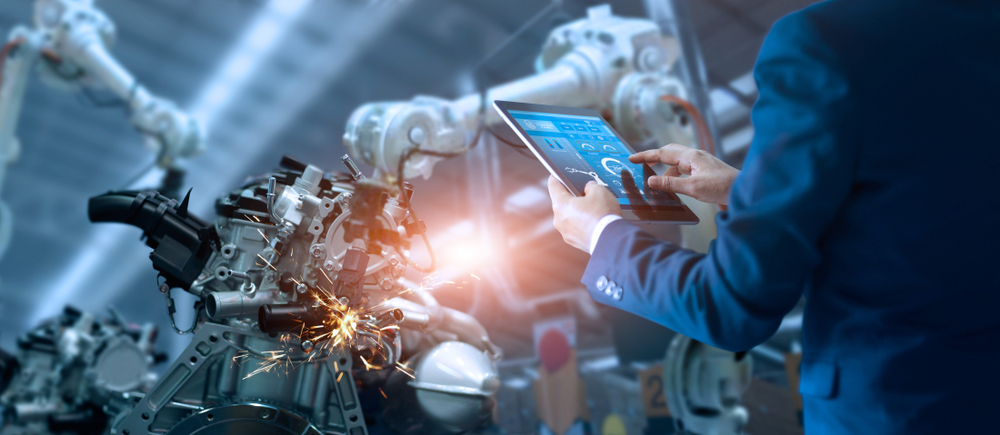Blog

Does Robotic Machine Tending Deliver Return on Investment (ROI)?
Machine tending basically refers to the process of guiding a machine to perform specific tasks. It involves processes such as loading and unloading parts into a CNC (computer control machine) for processing. Initially, these tasks were completed manually by a human operator. But some of these processes are repetitive and potentially dangerous to machine operators. Most of the manufacturing companies find it challenging to find suitable candidates for machine tending since many people don’t want to work as machine operators.
Relying on manual tending processes also hurts a company’s productivity. The manual processes are usually slower, less accurate, and also delivers inconsistent results. That’s why many manufacturing companies are now turning to machine tending to increase productivity and produce enhance the quality of their products.
Why Use Cobots for CNC Machine Tending?
Cobots are among the latest developments in the robotics industry. They have many features that make them best suited for machine tending processes. First of all, cobots have been enhanced with artificial intelligence and machine learning capabilities that make them suitable to use in almost all industries. Also, cobots are not capital intensive, and they are easy to install. They are flexible, which means that they can be assigned different tasks on-need basis. Cobots also come at a lower cost than their traditional cousins. This advantage allows manufacturers to recoup their investment in a shorter period.
How Does Machine Tending Deliver ROI?
Investing in a robust robotic machine tending system will enable you to start experiencing productivity benefits right away. Robotic machine tending benefits both small and large manufacturing companies in many ways. It would be difficult to understand how a simple task such as loading and unloading parts can increase productivity in a manufacturing setup. To understand how this process delivers a return on investment over time, it’s essential to first learn about the applications of machine tending.
Loading and Unloading Parts for Grinding
The manufacture of metallic parts involves a lot of cutting and grinding. In many small companies, these tasks are completed by human operators, where they feed parts into a machine manually for grinding. This process does not only pose a danger to the operators, but it is also prone to errors. You are likely to end up with less accurate and inconsistent products. An automated tending machine delivers more precise and consistent products, thus boosting the quality of your products.
Holding Items for Welding
One of the significant benefits of automated machine tending is that it’s highly accurate. A robot can accurately pick and place an item where it is needed for welding. It can repeat the same action numerous times without causing an error. These machines have unique features that eliminate process variables, hence producing accurate and consistent results at a faster rate.
Injection Molding
Cobots are highly beneficial when it comes to injection molding processes. They have many applications that include screw cutting, degating, lasering, lasering, and adding inserts. Robots increase output when used to perform a variety of tasks in the injection molding process. They are highly efficient and also helps to reduce the risk of damaging molds. Therefore, using cobots in your injection molding process can help to increase productivity and reduce the damages that would occur when relying on human labor. Robots can be therefore used in the manufacture of fragile products that would be difficult to handle manually.
Stamping, Punching, and Trimming
In the early years, most of the work in a printing room was completed manually. It would take a lot of working hours to produce the required number of magazine and newspaper copies. But now things have changed for the better. Publishing companies can now print millions of copies of reading materials within a few hours. Robots are now doing most of the work that was completed manually. Cobots have made the processes of printing, stamping, punching, and trimming seamless. This does not only reduce labor cost, but it also leads to the production of high-quality reading materials.



Comments